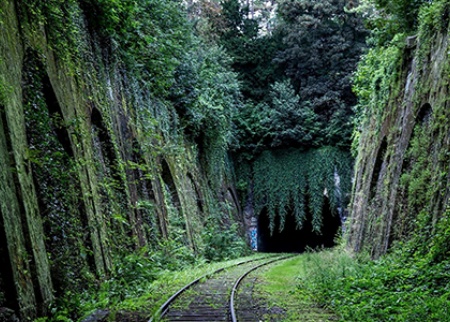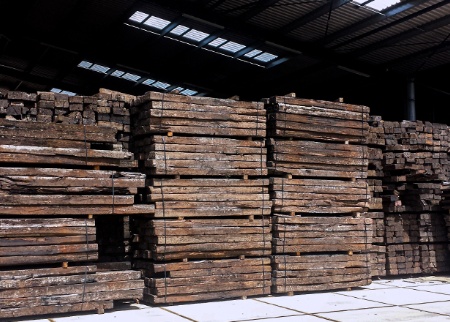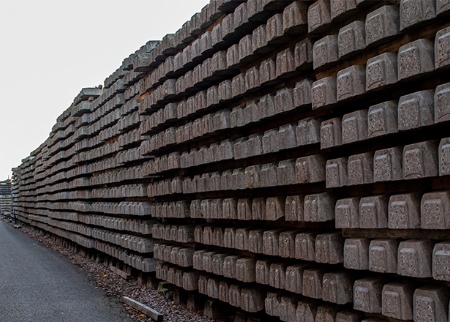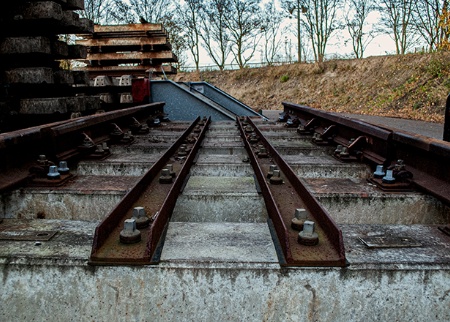A circular railway cannot be achieved by oneself. Only by close collaboration of all shareholders are we able to utilize the existing possibilities and create real change. By offering true transparency, trust is created. And with that trust, we want to create an optimal collaboration between client, contractor, subcontractor, and supplier. Together, we become strong as steel and create green tracks.
Our mission is intertwined with the 2030 goal of ProRail by creating the most sustainable and circular railway possible:
“In order to get sustainability ingrained into the fabric of our organization, and to make it part of ‘business as usual’, we have to co-operate. This is exactly what we do with our suppliers and other stakeholders. We share real-life experiences and work jointly towards sustainable solutions and innovations.” Source: Global Railway Review
These coming years, we focus on regaining as many reusable raw materials from the railway chain in order to reuse these, where possible. And that completes the circle. We see a lot of opportunities and possibilities. Focus manager Reuse & Recycling, Akkie Stomphorst:
It is very important to think about circular adaptations of existing railway parts and thereby contribute to a circular economy. It would be great if we are able to do this on a much broader scale these coming years.
We have a wide range of reusable railway materials available online. Whether you are looking to create a sofa or are in need of a frog, from rails to sleepers or even concrete railway crossings. You have come to the right place at voestalpine Railpro. Contact our Focus manager Reuse & Recycling, Akkie Stomphorst for more information.



